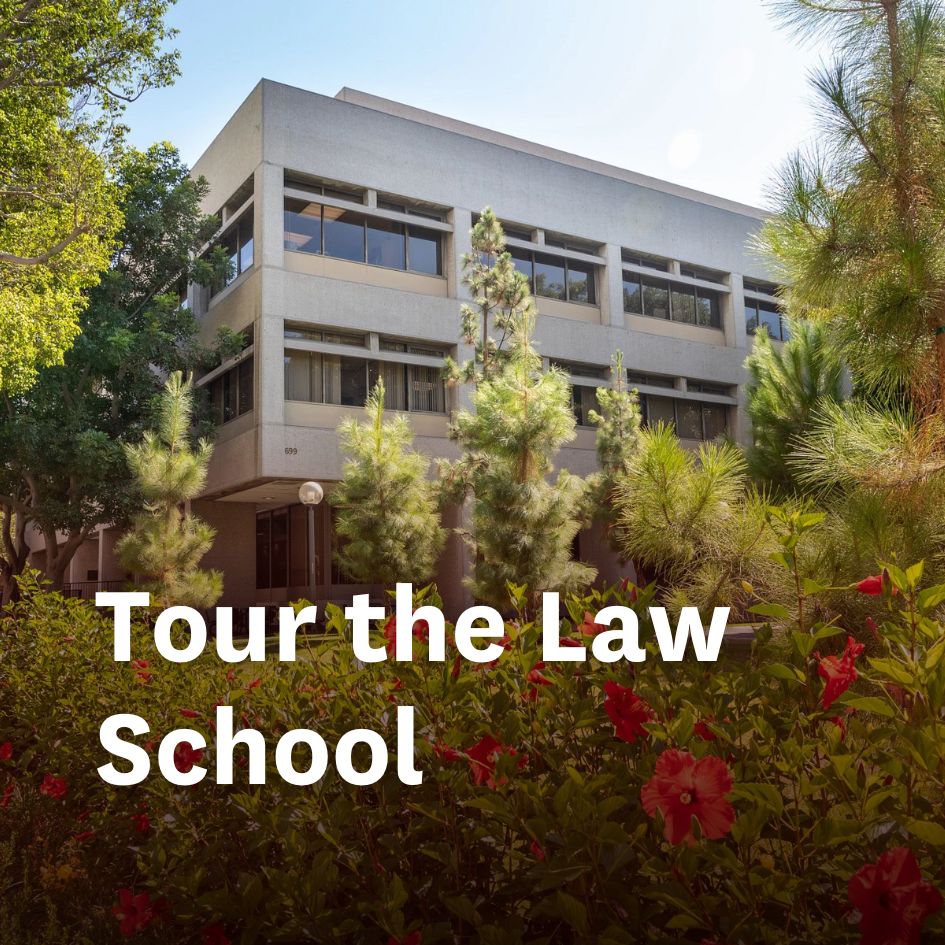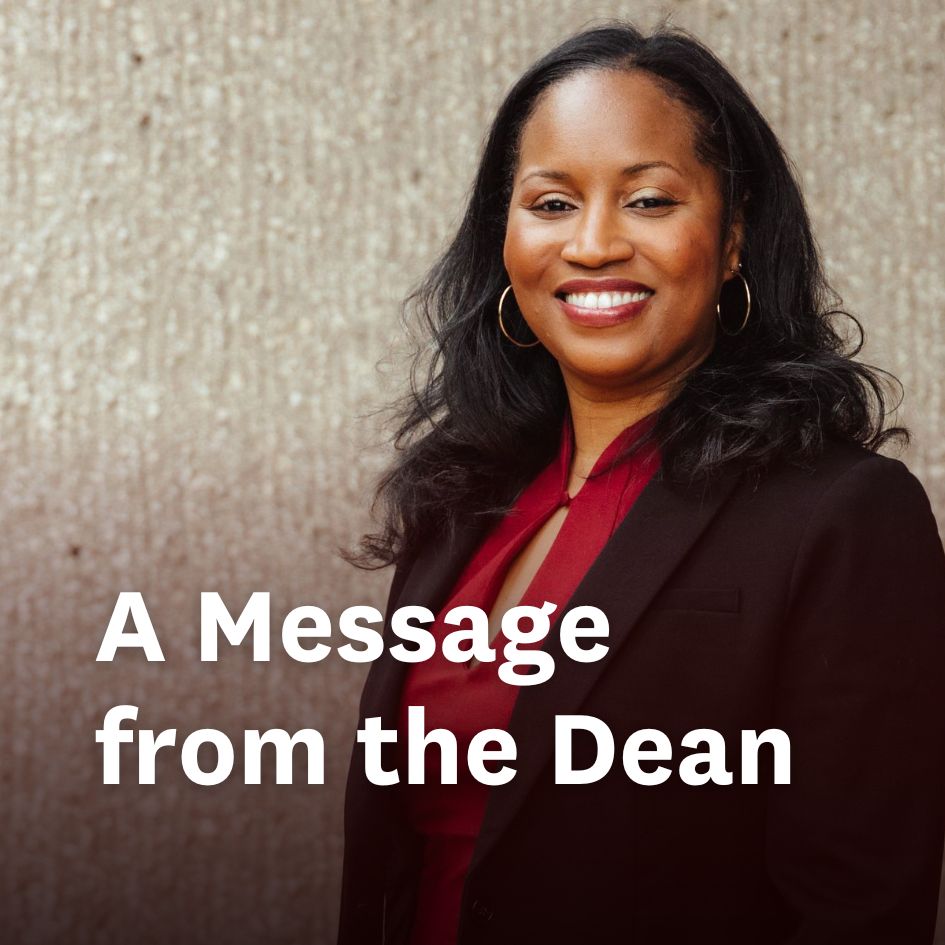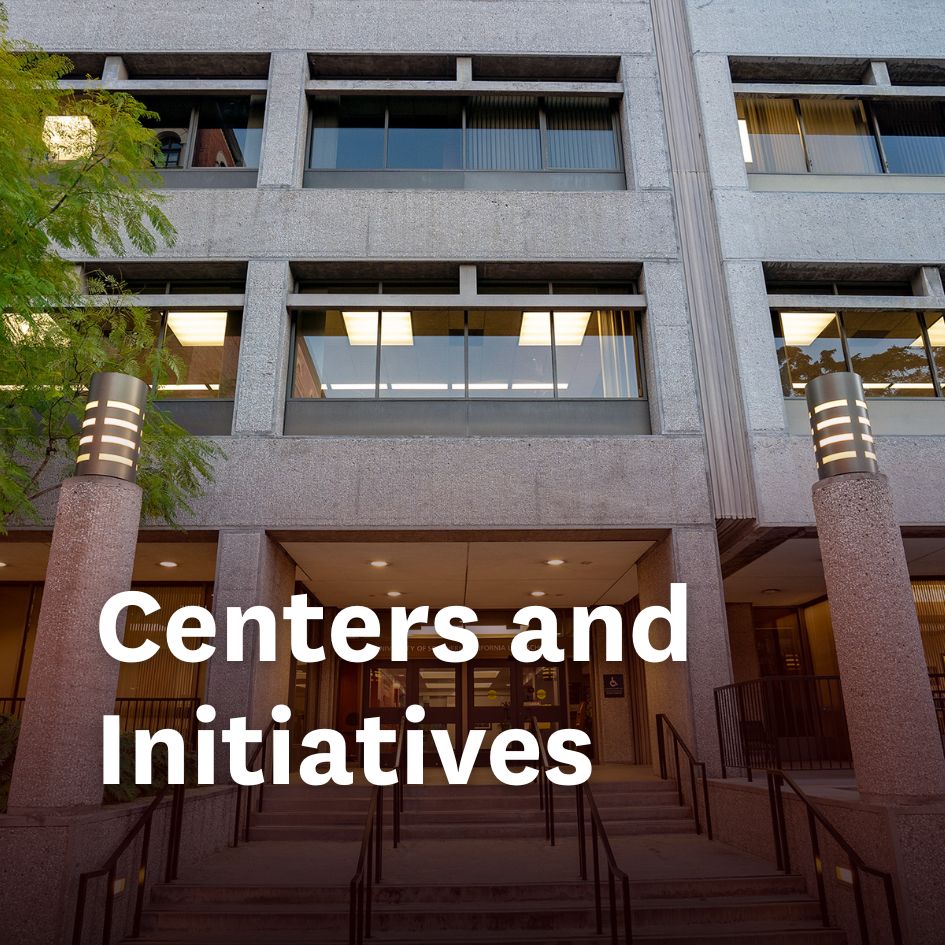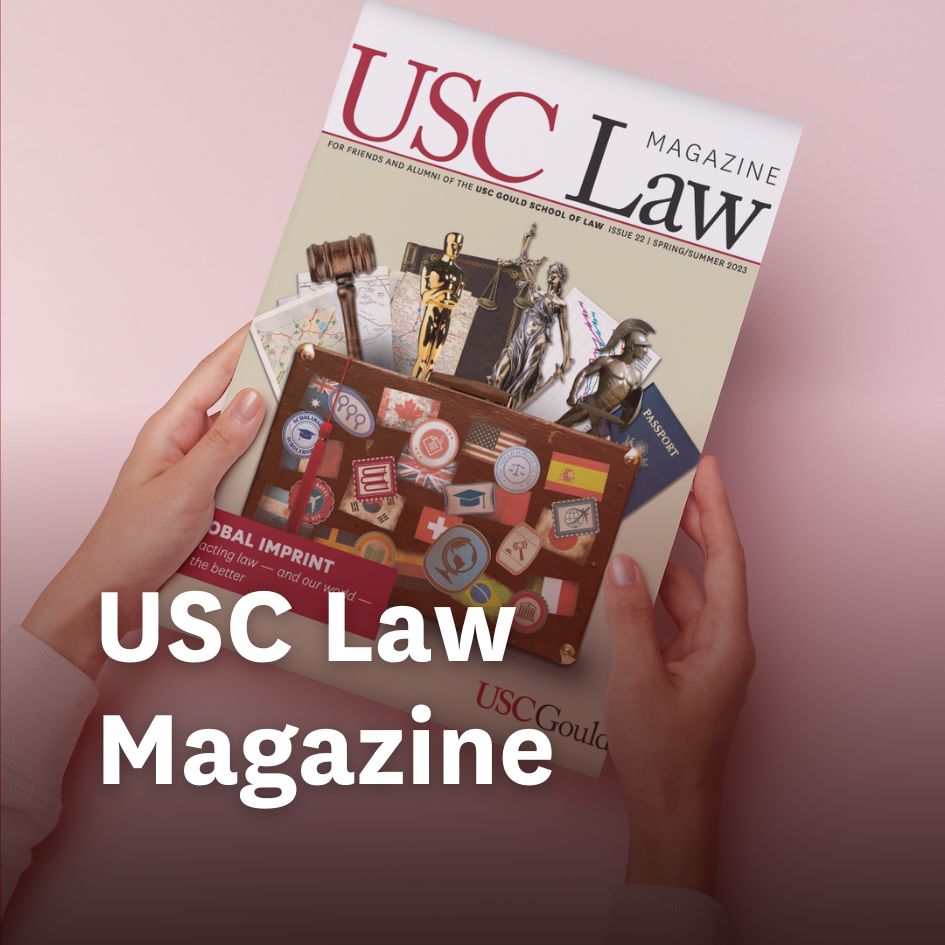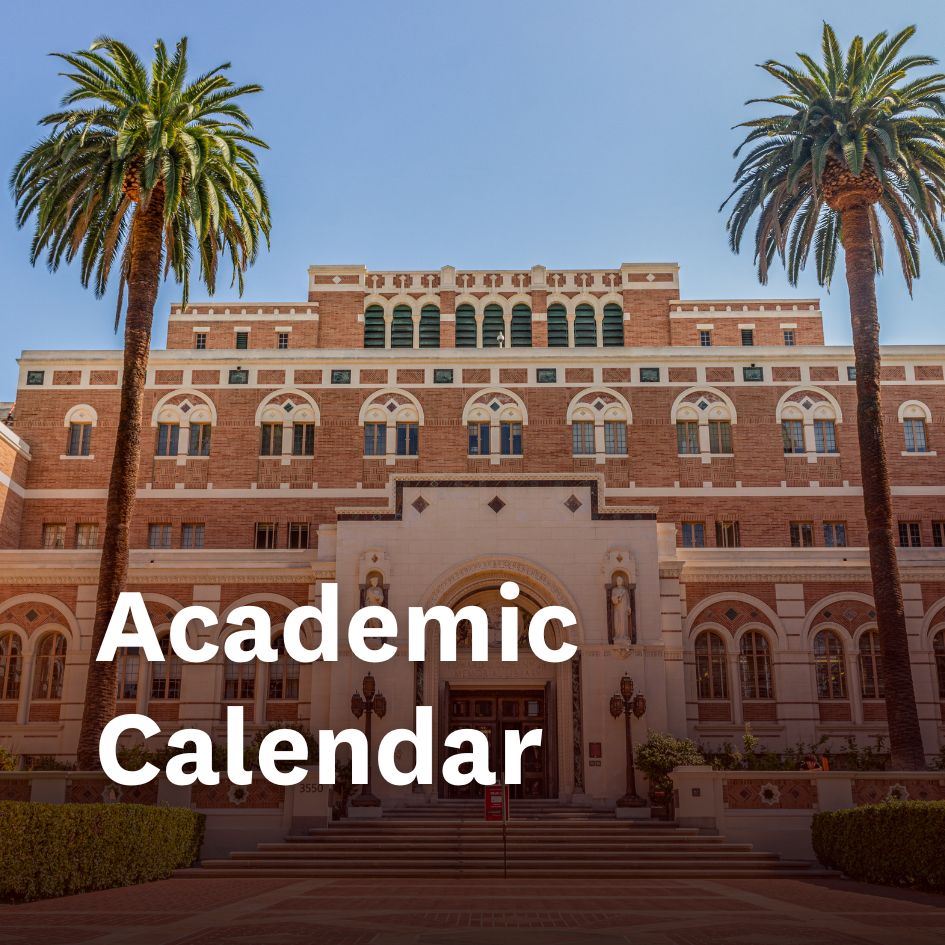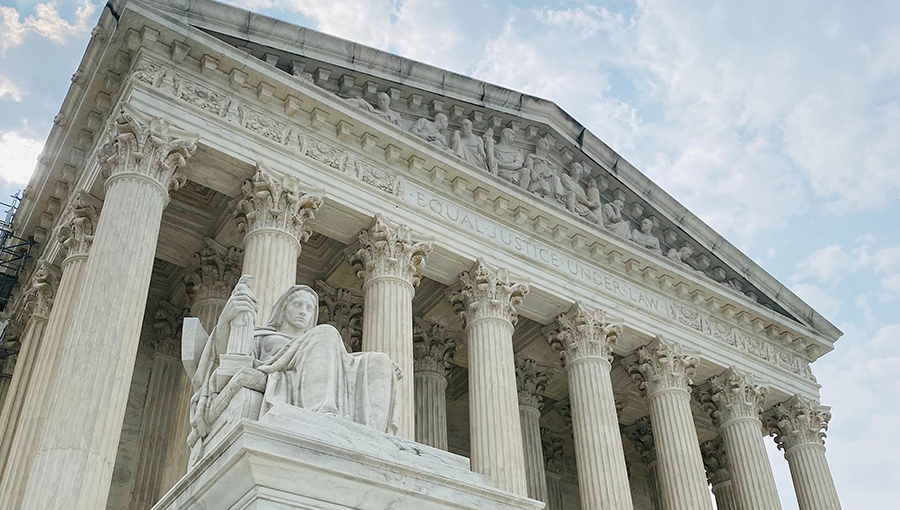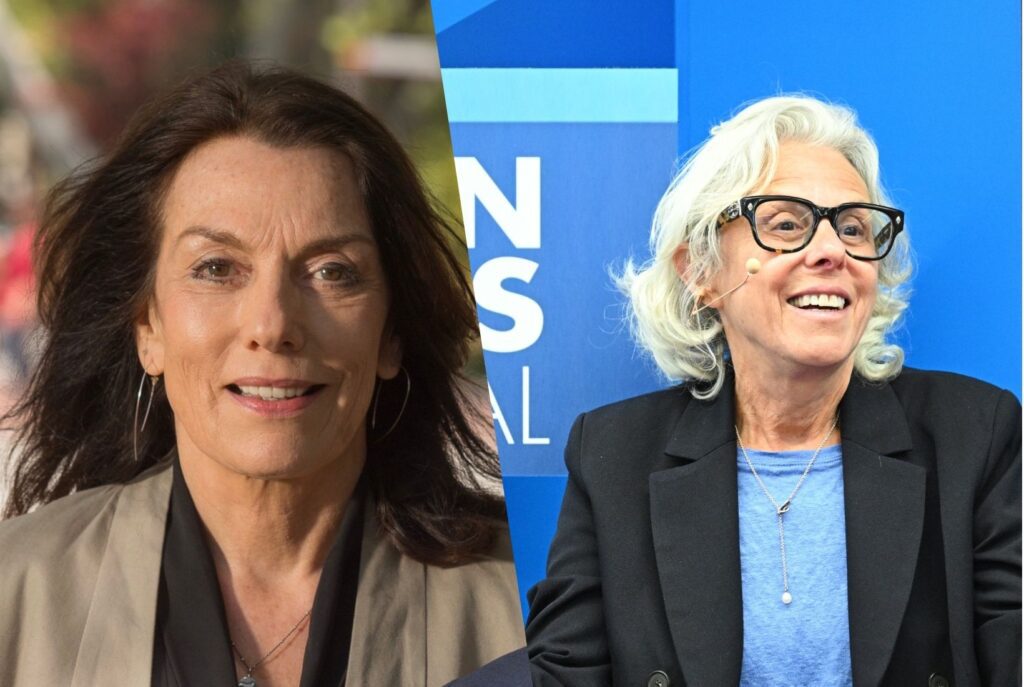The court has signaled that it is ready reject a precedent known as “Chevron deference.” USC experts – including Gould Professor Clare Pastore – discuss how that could reshape the ways environmental, health and consumer protection policies are made and enforced, as well as impact health and safety.
A long-standing doctrine that gives federal agencies latitude to interpret their regulatory authority will be challenged before the U.S. Supreme Court in January, the latest litmus test of the nation’s highest court.
Arguments in a set of cases challenging “Chevron deference” will begin Jan. 17. Experts caution that overturning Chevron USA Inc. v. Natural Resources Defense Council Inc. could erode federal agencies’ powers to protect public health by controlling pollution, ensuring clean food and water sources, and responding to infectious diseases. It could also jeopardize agencies’ abilities to ensure drug treatment safety, conduct clinical testing and oversee the safety of imported goods.
If the high court weakens these regulatory powers, the impact would be wide-reaching, hampering oversight by agencies such as the Environmental Protection Agency, Food and Drug Administration, Department of Agriculture and Federal Trade Commission.

“This court seems to have a clear agenda to weaken or perhaps entirely dismantle the administrative state and make it as difficult as possible for agencies to do their work,” said Clare Pastore, professor of the practice of law at the USC Gould School of Law. “Many people, even those who don’t tend to reflexively defer to agencies, have concerns about the Supreme Court eliminating Chevron and either taking control itself of critical regulatory decisions or stopping agencies in their tracks by sending everything back to Congress.”
What happens if the Supreme Court overturns Chevron
The doctrine, named after the 1984 Supreme Court case, established that when Congress passes an unclear law, the courts should defer to the relevant agency’s reasonable interpretation of the law. This is because agencies have expertise in their fields and are better equipped to interpret and apply the law than the courts or Congress, according to Pastore.
Pastore says that it would be virtually impossible for Congress to cover all the intricate details of every law, nor can it predict every possible question that might arise under the law and account for it. Some rule about what to do when the law is imprecise is necessary, she says. The question is what that rule should be.
“It’s a little ironic for me,” said Pastore, who has spent her career suing agencies on behalf of civil rights plaintiffs and low-income communities, “because I have often found Chevron problematic since it loads the dice in favor of the agency. In my view, the better way to evaluate a regulation’s lawfulness is to use the framework in place before Chevron and which is still in use in many states including California.”
Under that framework, known as Skidmore deference, courts consider whether a regulation is consistent with the law that authorizes it by looking at factors including the law’s language, purpose and history. If there’s a better interpretation of the law available under that framework, the court is free to reject the agency’s construction in favor of that other interpretation, she said.
Pastore noted that in hearing the challenge to the Chevron deference, the Supreme Court may be looking to consolidate power in the judicial branch.
“The court seems to be prepared to embrace a longtime goal of conservative scholars and activists, and replace Chevron not with the former framework, but with either an unprecedented judicial power grab (rejecting vast numbers of rules) or an impossibly high standard for Congress (requiring Congress to anticipate and address every possible ambiguity),” she said. “Either way, the court would control the administrative state and be able to stop, delay or eliminate any rule it disfavored, no matter how sensible the rule or how consistent with Congress’ intent.”
An absence of regulatory guardrails could benefit banks and other such businesses. For agencies such as the EPA, FDA and Department of Health and Human Services, which have regulations intended to protect public health and the environment, a lack of oversight can be problematic, however.
Max Aung of the Keck School of Medicine of USC, whose work has revealed the health hazards posed by PFAS or “forever chemicals,” said that removing protections for the sake of free enterprise is an unacceptable trade-off.
“We need to keep our scaffolding of public health regulations strong to actively protect environmental health, prevent outbreaks, safeguard marginalized and vulnerable populations, and maintain society’s overall health and safety standards,” said Aung, an assistant professor in the Division of Environmental Health at the Keck School of Medicine. Aung recently spoke about the risks of forever chemicals at a news conference where California Attorney General Rob Bonta announced the state is enforcing new requirements for companies to disclose forever chemicals.
Chevron cases stir debate over judicial partisanship, U.S. separation of powers
The cases’ proceedings have reignited discussions about judicial partisanship and its influence on crucial legal decisions. The Supreme Court’s ideological divide and conservative supermajority have amplified concerns that attempts to curtail Chevron might be driven more by political inclinations than by legal interpretations, suggested legal and governmental scholar Jeb Barnes.
“There has been a growth of judicial power under this conservative court,” said Barnes, a professor of political science at the USC Dornsife College of Letters, Arts and Sciences. “There are many people who say that this is the unwritten story of the court under Chief Justice John G. Roberts: While justices talk about elevating Congress as the first branch of government, the effect of all their rulings has been to arrogate a lot of power to themselves.”
He noted the timing of the Chevron-related cases coming before the court is significant for the division of power between branches of government.
“When you have a gridlocked Congress, when it’s probably not realistic to expect Congress to specify and anticipate all these sorts of technical details when legislating, who’s to decide?” he asked. “Is it going to be the agencies or the courts? And to the extent that the Chevron battle is a battle over a more administrative-based welfare state versus a more judicial-based welfare state, that, I think, is an important question.”
As January’s oral arguments approach, Barnes predicts two schools of thought will surface.
“While there is a formal doctrine of deference under Chevron, judges who disagree with an agency’s actions can usually find ways to circumvent it,” he said. “Then there are others that say Chevron is the ‘Voldemort’ of administrative law — it’s always floating in the ether, even if not explicitly mentioned. It doesn’t matter whether it is being cited or not. Chevron has created norms that influence the division of labor between branches of government in contested administrative matters.”
Note: This article was first published on USC News.


